So, what exactly is a rider in music? Artist riders by major celebrities have been known to include wild demands. Beyoncé’s 2013 ‘The Mrs. Carter Tour’ listed titanium drinking straws as one of the requirements in the tour rider, while Justin Bieber required an Indian yoga casket for an Indian Tour. Whether the claims are elaborate publicity stunts or the artists’ outlandish cravings, the demands of an artist/tour rider are legally binding.
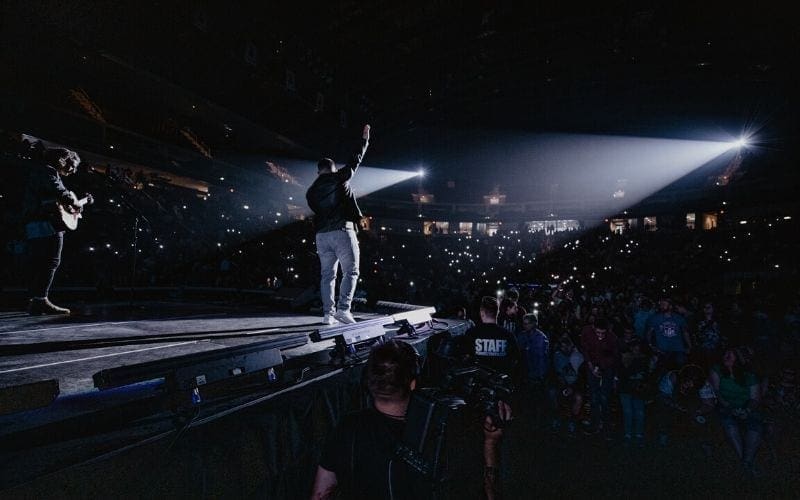
In this article, we will explain what an artist rider entails and how to create an effective rider.
What Is An Artist Rider?
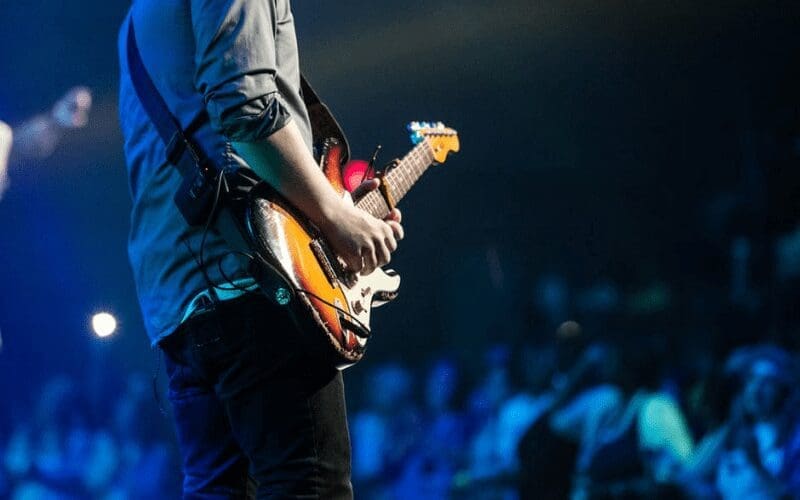
An artist rider is a part of the performance contract that includes specifications to facilitate the artist’s performance.
It normally has two major sections – the technical rider and the catering/hospitality rider. The technical rider includes technical details required for the performance, such as the sound setup and stage plan.
The catering rider provides information on non-technical requirements to support the artist’s performance, such as meals, transportation, accommodation, and the size of the artist’s team.
We will discuss this in detail below along with other essential information that is included in an artist rider.
Why Do You Need An Artist Rider/Tour Rider?

Contrary to popular belief, artist/tour riders are not meant to make promoters’ lives difficult with lavish, out-of-this-world demands. In fact, they are meant to do quite the opposite.
They are there to make the event/tour go as smoothly as possible by pre-empting all of the things needed to make it a success.
Say, you have been invited to perform at a gig where they have never seen you play, and you have two lead guitarists in your band. It may not be obvious to the event organizers when listening to your songs.
This could result in a stage set up where only one lead guitarist is accommodated for, and this may ruin the performance you rehearsed so hard for.
An artist rider is meant to communicate to the event organizers what the artists need on and off stage to bring out the best performance.
A good rider can foresee what the artist requires at every step of the journey (whether it is a tour or a one-off performance) and offer a proposed solution.
It also helps avoid disruptions during performance and disagreements before, during and after the show due to unmet expectations.
What Goes Into An Artist Rider?
As I mentioned earlier, artist/tour riders are normally organized into two sections, the technical rider and the catering rider.
Depending on what you intend to cover in your rider, other sections may be included. These are some of the essentials to cover when making a rider.
Technical Rider
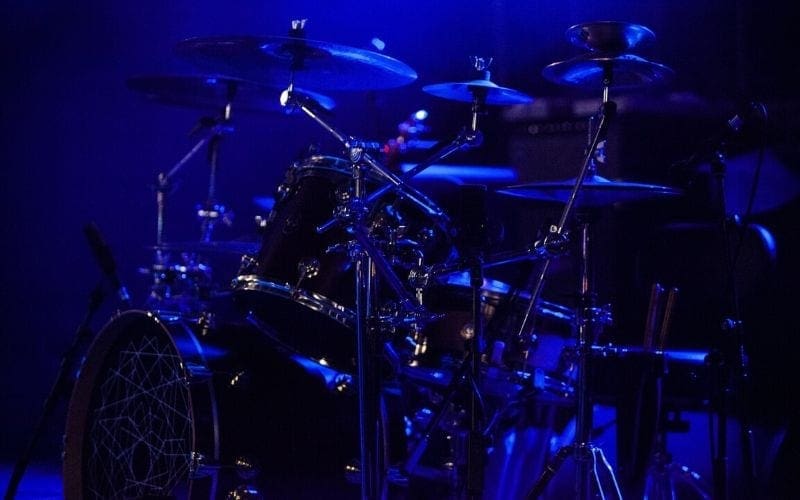
A technical rider gives the venue/event organisers an understanding of what you require on stage, and allows them to prepare even before you arrive.
In this section you should indicate:
Instruments Specifications
Specify the number of instruments you require or are carrying along with the band members and what they are playing. It is important to point out what you have and what you require the venue to provide.
If you are bringing your own instruments, specify what should be provided in the backline.
If you have any preferred specs for the setup (say at least SM 58 for vocal mic specs), this is the place to indicate them. These can be listed out to make it clear and precise.
Preferred Sound And Lighting Settings
Every artist/band requires different sound settings to bring out the best in their sound.
Do not be shy to indicate what settings you prefer, or at the very least, who your act resembles, if you do not have your settings noted down.
This will help the sound technician understand what settings to use for your performance. It is also the place to indicate whether you have your own sound engineer, or whether you expect the venue to provide one.
If your performance requires specific lighting settings, list them here. If not, you could indicate the mood of your performance and where there are shifts that could be complemented with lighting.
Arrival & Soundcheck
Indicate a brief description of the expectations you have upon arrival and how long you need to set up and do a soundcheck.
Stage Plan
A stage plan or stage plot is a detailed description of how you would like the stage organized during your performance.
It includes the position of every instrument and band member and is normally represented graphically through a diagrammatic illustration.
This could be included in the technical rider section or as a separate section depending on the complexity of your stage setup.
Catering/Hospitality Rider
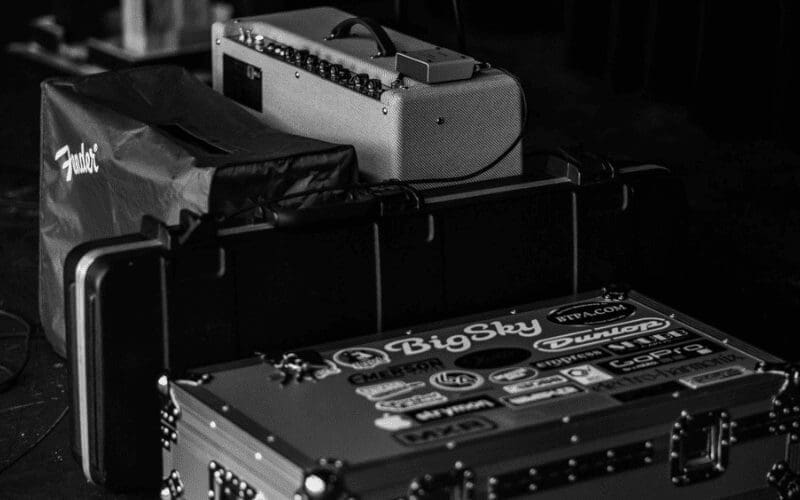
The catering rider covers the non-technical bits that facilitate the performance and allow for the comfort of the artist.
This ranges from meals and accommodation to security and backstage preferences. Here are some of the details to include in this section.
Meals & Beverages
Include details on what you require for meals, including how much food the artist’s entourage needs, how regularly (say breakfast and dinner), and the type of meals
(vegetarian or in case of allergies). You can also include what beverages you need to accompany your meals or while on stage. Many artists/bands prefer to have water on stage to hydrate or an energy drink to rejuvenate.
It is important to include a pay-out option in case the promoter/venue cannot provide the food and drinks.
Accommodation & Transport
Indicate what expectations you have regarding accommodation, including, the amenities you expect within the hotel or place of accommodation, hygiene standards, among other details.
It is also important to indicate what transport arrangements you require to and from the venue.
The pay-out option can also be added to this if the organizers are unable to secure accommodation and transport to and from the event.
Backstage & Passes
Describe what requirements you need for the backstage area to help prepare for the performance or rest afterwards.
It would also be prudent to indicate the size of your entourage and how many passes are needed in case the backstage or other areas of the venue have restricted access.
Security
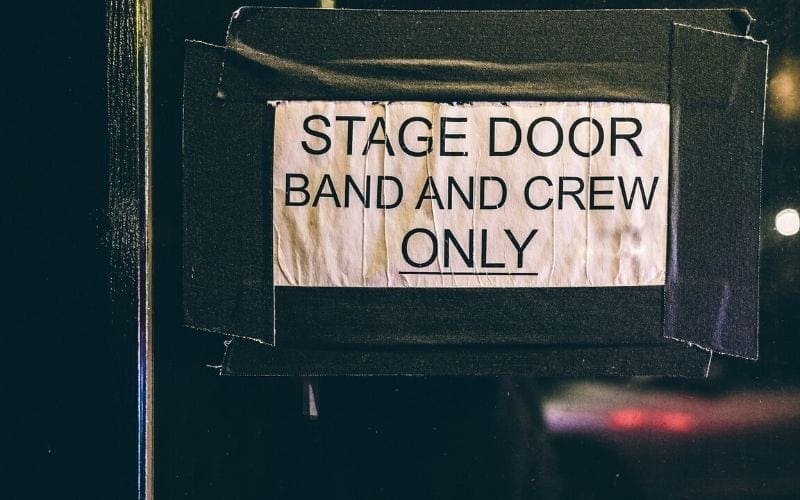
It is a good idea to request security measures for the artist crew and equipment or inquire as to the security arrangements of the venue, especially for the bigger gigs with high attendance.
Contact Information
It sounds straightforward, but it is not. Providing your contact information to the rider is important, even if you are already in communication with the promoter/organizer.
Gigs are normally hectic, and communication may become an issue if your contact information is not readily available. Remember to indicate your phone or email contacts (or both) and the contact person.
Advertising And Promotion
Indicate what you require for the promotion of your brand for the show, or how you would like your artist image represented.
This may include choosing the artist’s image to be used in posters, and social media tagging requirements, among others.
Things To Consider When Making an Artist Rider
To make a good rider, ensure you cover all the relevant information in as much detail as possible. If you are not a big star like Beyoncé, making eccentric demands may not work in your favor. It might even be a deal breaker.
If you make a promoter’s job harder than it should be, they might not be inclined to invite you back.
That said, you should not feel intimidated to express what you need to make the experience memorable for both sides. A rider should be accommodating, but not too vague and non-specific.
It is important to note that an artist rider is not a one-size-fits-all kind of document. Depending on where you are performing (among other factors), you may need to adjust your rider to fit.
Here are some pointers on what to consider when making a rider or editing it to suit the situation.
Venue Size
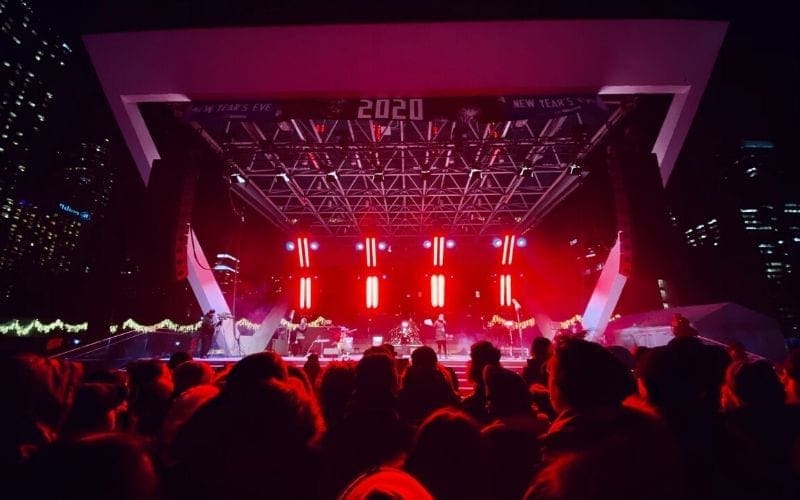
The requirements for a small venue may not be the same as that of a larger venue. You cannot ask for the sound setup of an open-air stadium concert in an intimate venue that holds 200 people.
The stage plan, backstage, and other requirements will be different, and your rider should reflect this. It is always good to find out details about the venue so you can customize your performance and rider to that.
A smaller venue may need adjusting to an unplugged acoustic set, whereas a larger venue may accommodate adding more elements to the live set.
Budget

The budget of the event dictates what can and cannot be accommodated by the promoters. Making over-the-top demands on a low-budget gig will most likely end up in disappointment, and maybe even disagreements.
The organizers may not readily provide budgetary information, but one can deduce it from the preparations being made, venue size, or asking the promoters a few questions.
Culture Of The Area

If you are going to perform in a place you have never been to, it is wise to do some research. Find out a few customs and look up what people like or do not like.
For example, if most of the population in a place subscribes to Islamic religious beliefs, demanding pork meals in your catering rider may not be the best idea.
You may want to consider what other options are available. Doing your research also helps you generate good content for crowd engagement.
Negotiation

Like any good contract, a rider should leave room for negotiation. A good rider should not be full of non-negotiable demands with no compromises.
This does not mean that you compromise on everything, though. One of the areas that require strict adherence is sound and technical specifications. It is good to ensure your minimum requirements are met in this regard.
However, there may be instances where a preference is not met, but there is a suitable alternative that would achieve the same quality.
Leaving the door open to negotiations would allow for this. It is good to indicate this in a line or two within the rider.
Timeline Of Execution

The more time a promoter has, the more they can do for the artists. If a promoter has a few days to implement a list of 100 requests from the artist, they are unlikely to get everything done.
It is a good idea to provide the artist rider at the earliest convenience to allow for better communication, negotiation, and implementation.
Make It An Easy Read
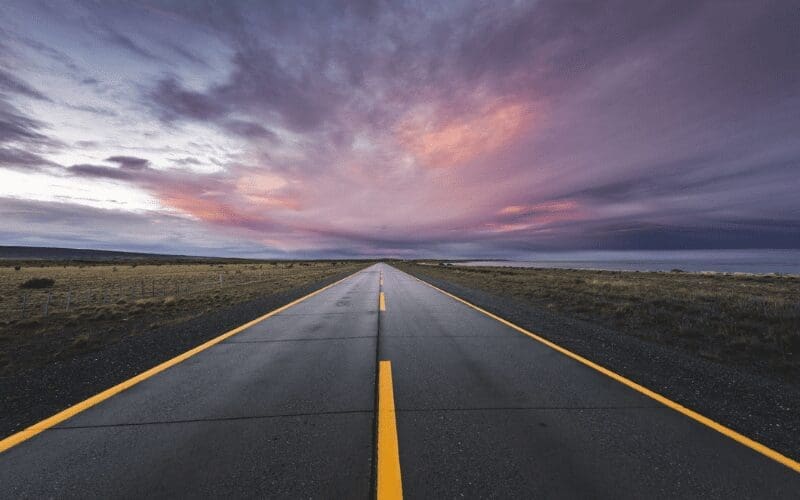
It is in everyone’s best interests if the artist rider is simple, comprehensible and covers all the necessary requirements.
Making it long, and complex and adding unnecessary things is likely to complicate matters. Keep it short and make it a friendly read for the recipient.
Final Thoughts
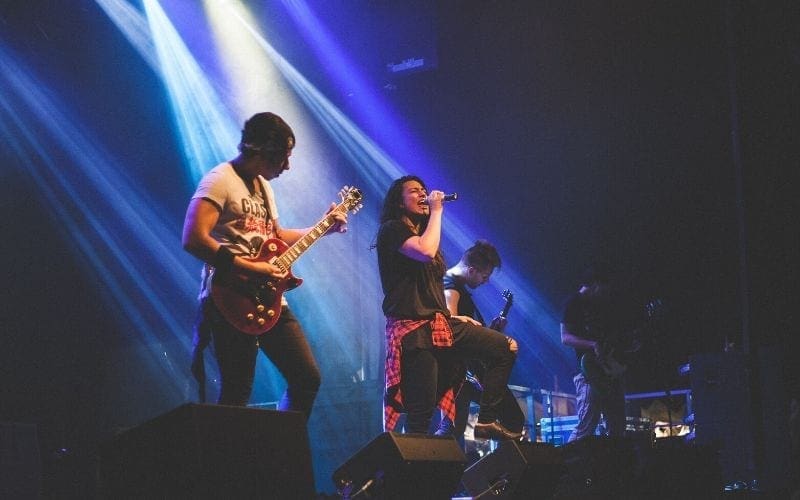
Now you are no longer left wondering ‘what is a rider in the music industry?’, hopefully you can start crafting your own. Artist riders play a big part in the success of events by answering the questions that need to be asked.
They help the artists and promoters/event organizers play their part to the best of their ability. You can search for some artist rider templates online!
Are you an artist rider? We’d love to know your experiences in the comments below. If you enjoyed this article, why not share it on your socials? Be sure to tag us in your post @musicgateway!
If you enjoyed this article, why not check out another on our blog? Here are articles on our Tour Manager Guide, Stage Plot Guide, and Backline Rentals to get you started.









